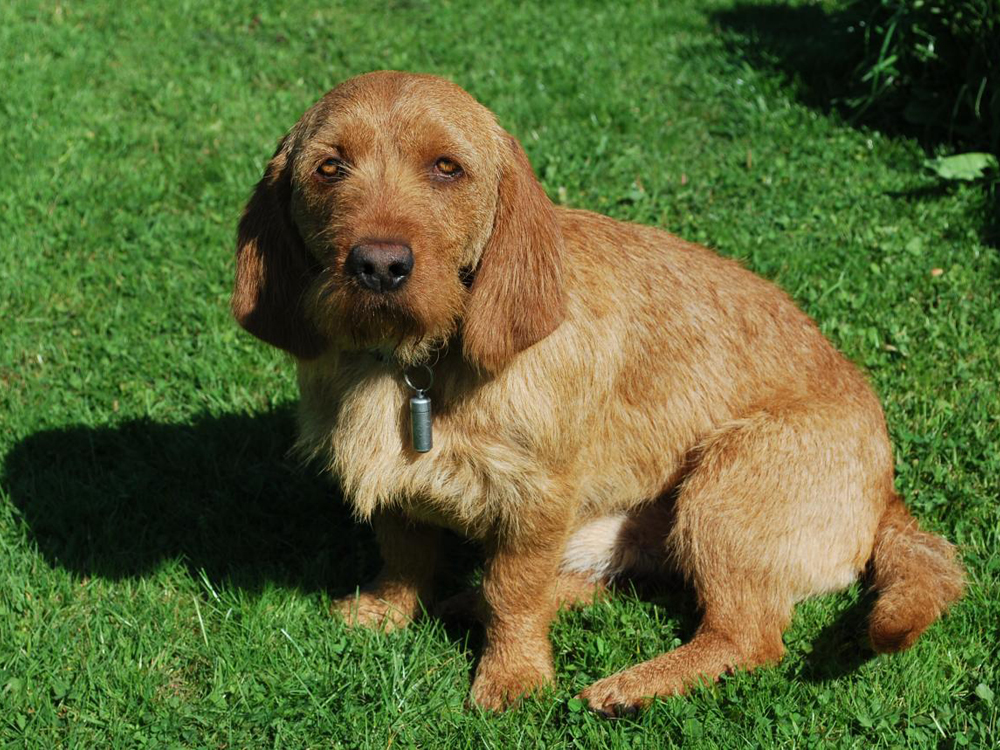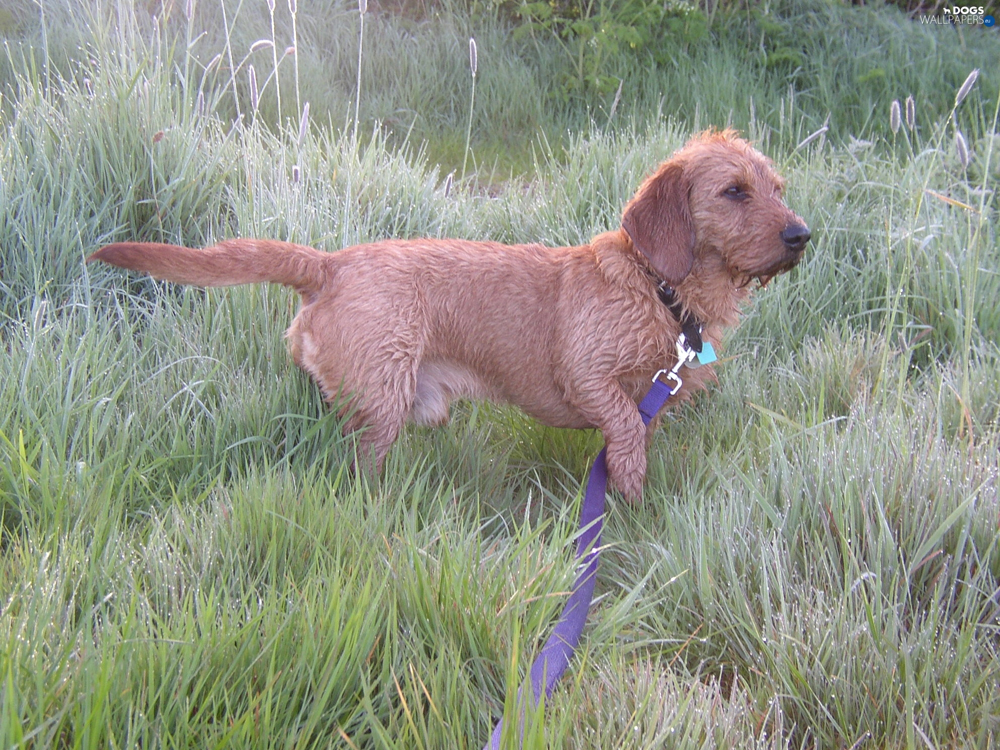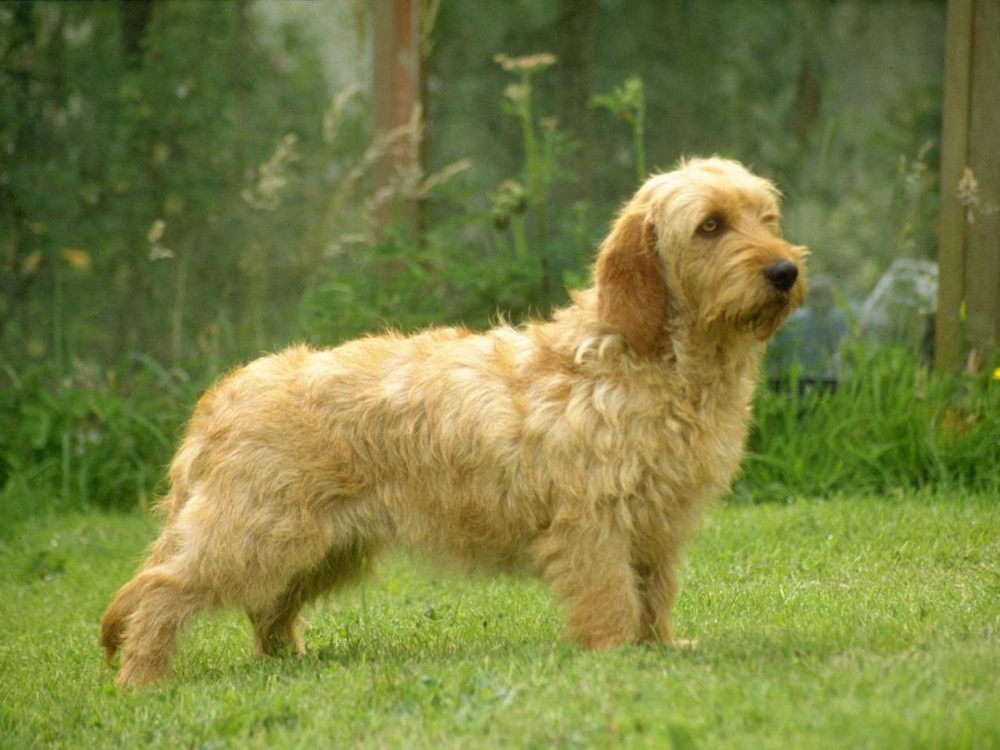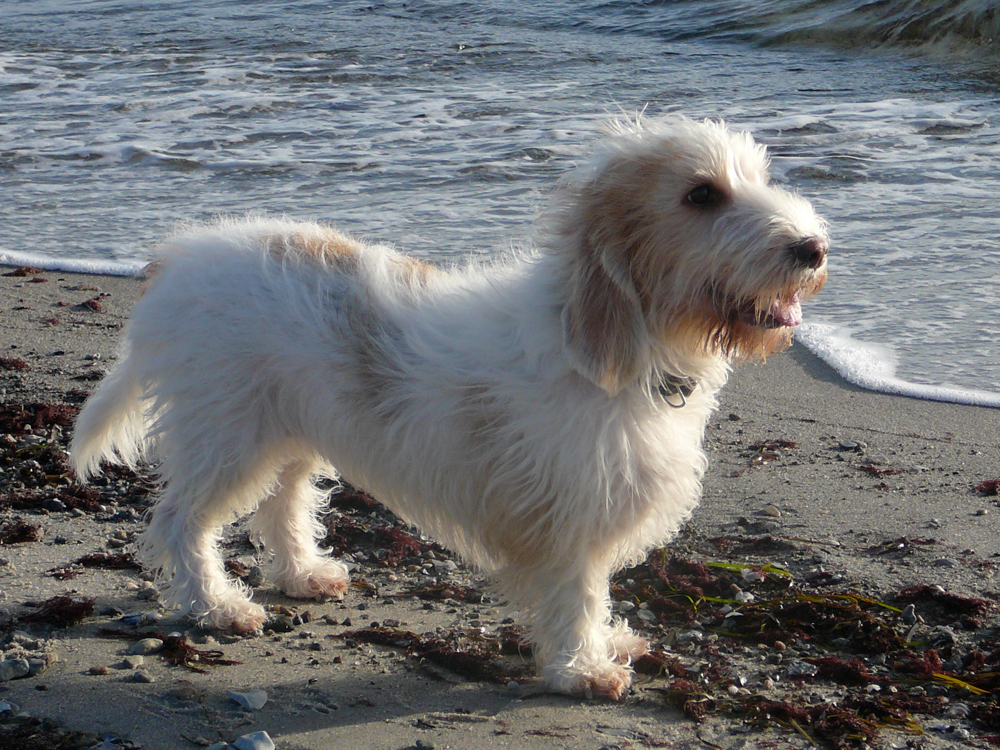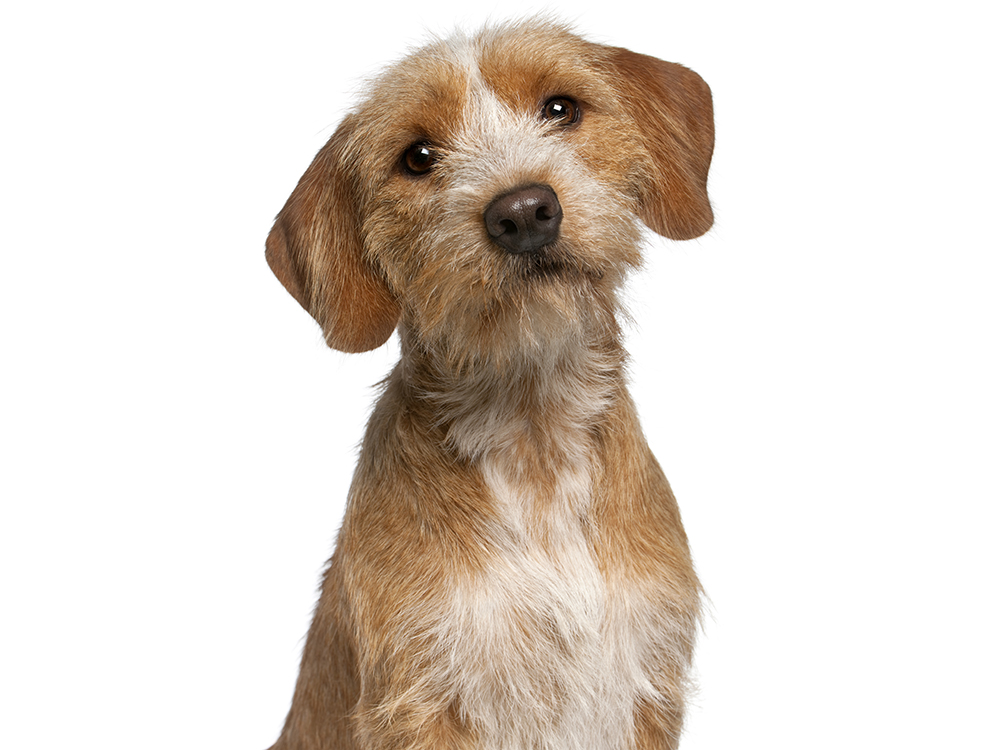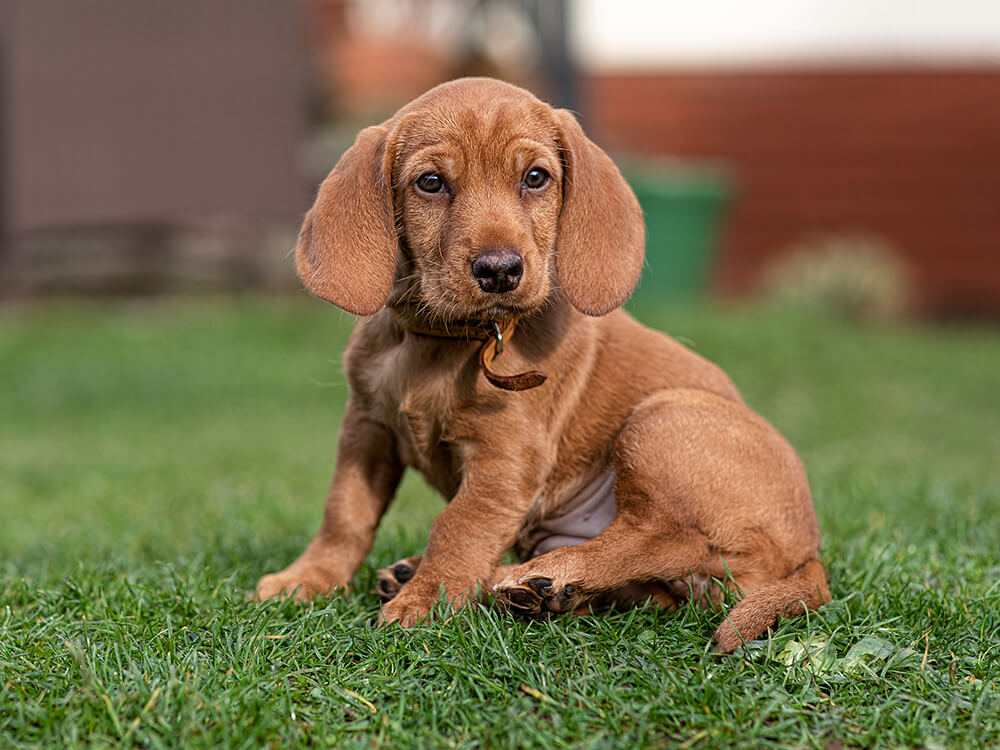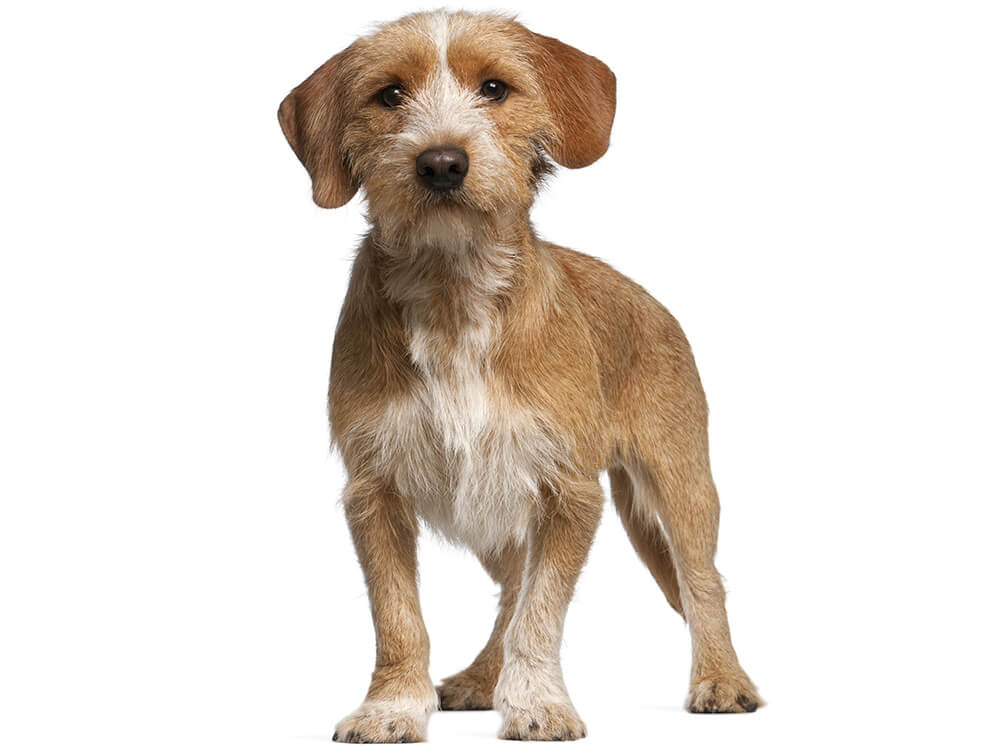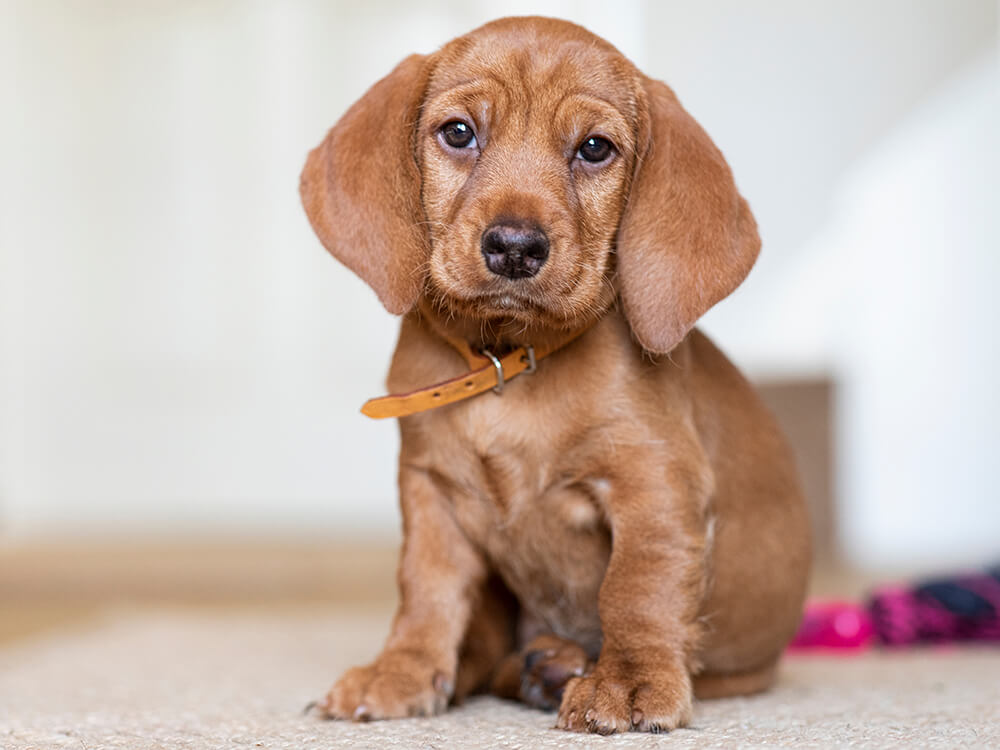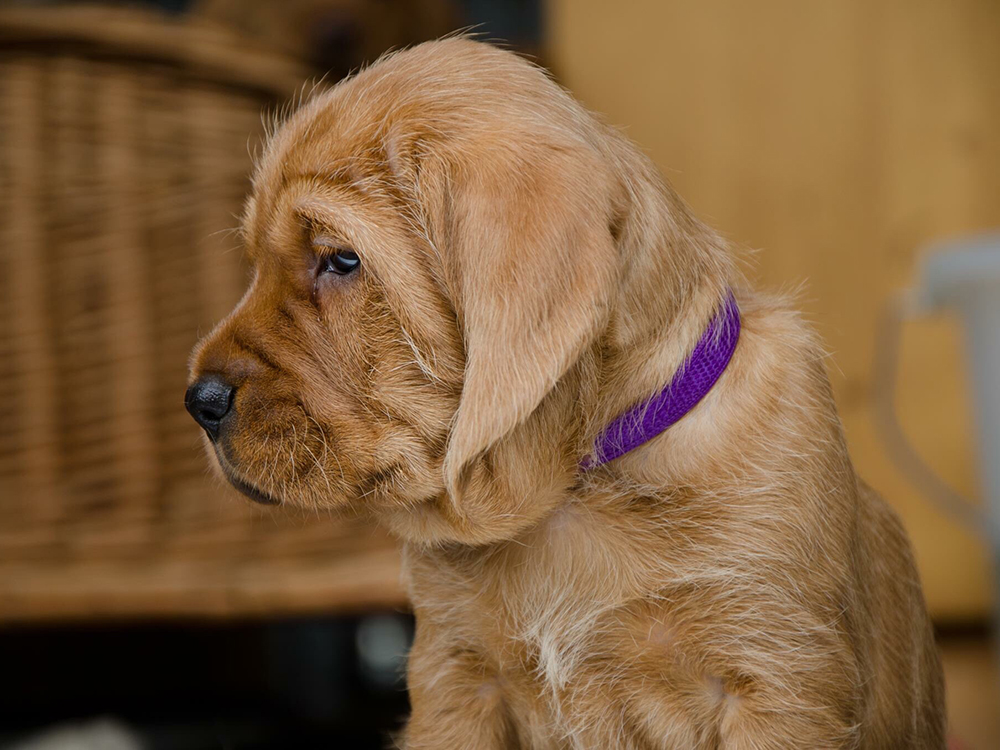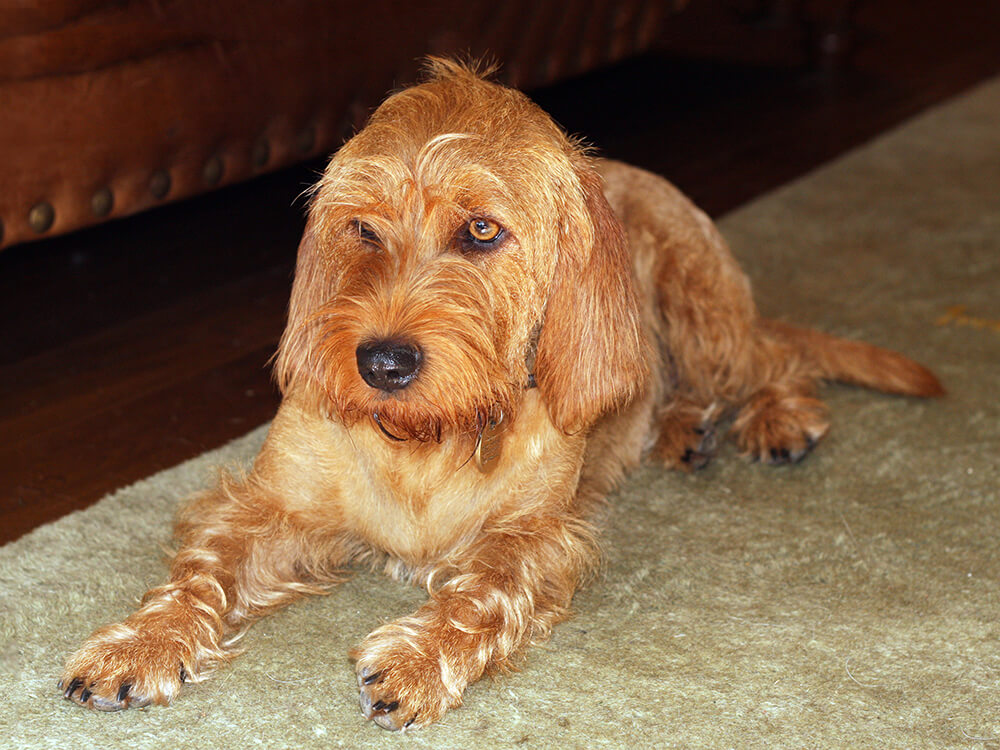
Basset Fauve De Bretagne Breed Pictures
Vital Breed Stats
| Height: | 30 - 38 cm M | 30 - 38 cm F |
| Weight: | 11 - 16 kg M | 11 - 16 kg F |
| Breed Group: | Toy Dog Group |
| Life Expectancy: | 11 - 14 years |
| KC Registered: | No |
Breed Characteristics
| Size: |  |
| Grooming: |  |
| Exercise Level: |  |
| Trainability: |  |
| Barking Level: |  |
| Good with Children: |  |
| Good with other pets: |  |
| Affectionate: |  |
| Protective: |  |
| Cost to Keep: |  |
Give a thumbs up if you love the Basset Fauve De Bretagne

0
More About the Breed
History
The Basset Fauve de Bretagne is an old breed (dating back to the 1500s) that originated in France and was bred as a hunting dog. It was later registered with the Kennel Club in 1983. It is also referred as the Tawny Brittany basset because it came from a place called Brittany. It descended from the now-extinct Grand Fauve de Bretagne. It is believed that the breed almost had the same fate of its ancestor as it almost became extinct after World War II. To save the breed, the last specimens were bred with the Petit Basset Griffon Vendeen, standard wire-haired dachshunds, and other hounds in the Vendee region. However, experts have denied this claim and argued that the number of Basset Fauves never became extremely low.
This short-legged hound garnered popularity in the UK as a family and companion dog because of its affectionate and loyal nature, and was recognised by the Kennel Club.
Appearance
The Basset Fauve de Bretagne is a medium breed that can easily be identifiable because of its low body, wiry coat, and tan colour. Weighing 36–40 pounds and standing 32–38 centimetres at the withers, this breed has the similar short legs and long body of its basset hound cousin. It has a moderately domed skull, a medium-size head, short, muscular neck, and strong jaws with a perfect scissor bite. Its slightly oval eyes give off a lively expression. It has a black or dark nose with wide open nostrils.
This scent hound has a harsh, dense, and flat coat, which should never be long or woolly according to KC standards. The breed comes in the following colours: fawn, gold-wheaten, and red-wheaten.
Grooming
Grooming is a bit tedious as it needs to be brushed daily to remove tangles and dead hair, so heavy shedding can be under control. It needs to be hand-stripped at a professional groomer’s. The hair should not be trimmed especially if it participates in shows. However, the hair inside the ears needs to be removed for air circulation, which minimises the chances of ear infections.
As with all breeds, it is important to take care of your Basset Fauve’s dental health. Not all dogs are comfortable with brushing, so introduce this early and always make it a positive experience. Keep your dog’s nails trimmed and inspect the skin for irritations and fleas as well.
Temperament
Intelligence
It is an intelligent hound that is highly trainable, which will particularly excel in hunting. It has a tendency to be stubborn since it was developed as an independent hunter. This can be corrected through firm training. It generally gets along with other dogs especially those it grew up with. You have to keep an eye on this breed when there are small animals because its prey drive may get the best of it.
Breeds may have common characteristics that are often expected from them. However, the dog’s behaviour, temperament, and intelligence can be influenced by environment, socialisation, and training.
Nutrition
- Senior and less active: up to 900 calories daily
- Typical adult: up to 1,000 calories daily
- Physically active/working dog: up to 1,100 calories daily
Feeding
Health
Exercise
As a breed with high energy needs, it needs at least two hours of exercise, which can be divided into short walks in the morning and afternoon, and then scenting games in a secured yard. It is important to always check your fencing to prevent it from escaping since it is a determined hunter that won’t give up once it catches a scent.
Be careful not to overexert your Basset Fauve puppy, though, because it might develop joints and bones as they are still continuing to grow.
Cost of Ownership
The Basset Fauve de Bretagne is a rare breed in the UK, so getting your hands on this French dog breed may be a challenge and not to mention expensive. A well-bred pedigree Basset Fauve will cost between £400 and £1,000. Before buying one, research about the breeder first to ensure that you are getting what you pay for.
The expenses you have to consider include food and treats (£40 monthly), regular vet checks and vaccinations (£130 annually), and insurance coverage (basic coverage £25 monthly, depending on location and health of the dog). You also have to factor in initial costs for beds, bowls, leads, toys, and other equipment. Added expenses will be professional grooming done two to three times a year (£30 per visit), which is cheaper than other breeds with more complicated grooming needs. The average monthly cost of caring for this breed will be around £80–£120.
Is a Basset Fauve De Bretagne Right for You?
- The Basset Fauve de Bretagne is a medium dog with high energy needs so an average of 2 hours’ worth of exercise is needed.
- It gets close to its human family and tends to have separation anxiety.
- It is a rare breed in the UK so buying one can take some time and be a lot more expensive.
- Although naturally intelligent, it can choose not to listen to you because it is willful and independent.
- Grooming-wise, brushing needs to be done daily to avoid tangles and keep shedding at bay.






